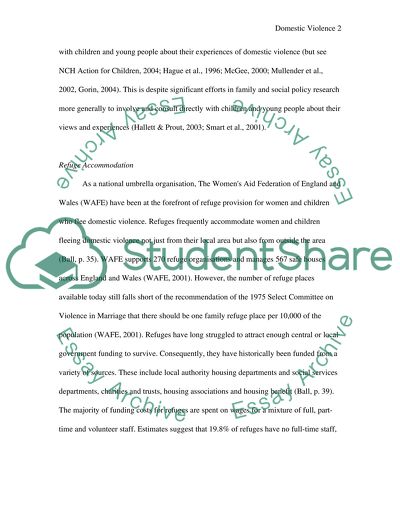Cite this document
(“The effect of domestic violence on children with in the United Kingdom Essay”, n.d.)
The effect of domestic violence on children with in the United Kingdom Essay. Retrieved from https://studentshare.org/miscellaneous/1545704-the-effect-of-domestic-violence-on-children-with-in-the-united-kingdom
The effect of domestic violence on children with in the United Kingdom Essay. Retrieved from https://studentshare.org/miscellaneous/1545704-the-effect-of-domestic-violence-on-children-with-in-the-united-kingdom
(The Effect of Domestic Violence on Children With in the United Kingdom Essay)
The Effect of Domestic Violence on Children With in the United Kingdom Essay. https://studentshare.org/miscellaneous/1545704-the-effect-of-domestic-violence-on-children-with-in-the-united-kingdom.
The Effect of Domestic Violence on Children With in the United Kingdom Essay. https://studentshare.org/miscellaneous/1545704-the-effect-of-domestic-violence-on-children-with-in-the-united-kingdom.
“The Effect of Domestic Violence on Children With in the United Kingdom Essay”, n.d. https://studentshare.org/miscellaneous/1545704-the-effect-of-domestic-violence-on-children-with-in-the-united-kingdom.


